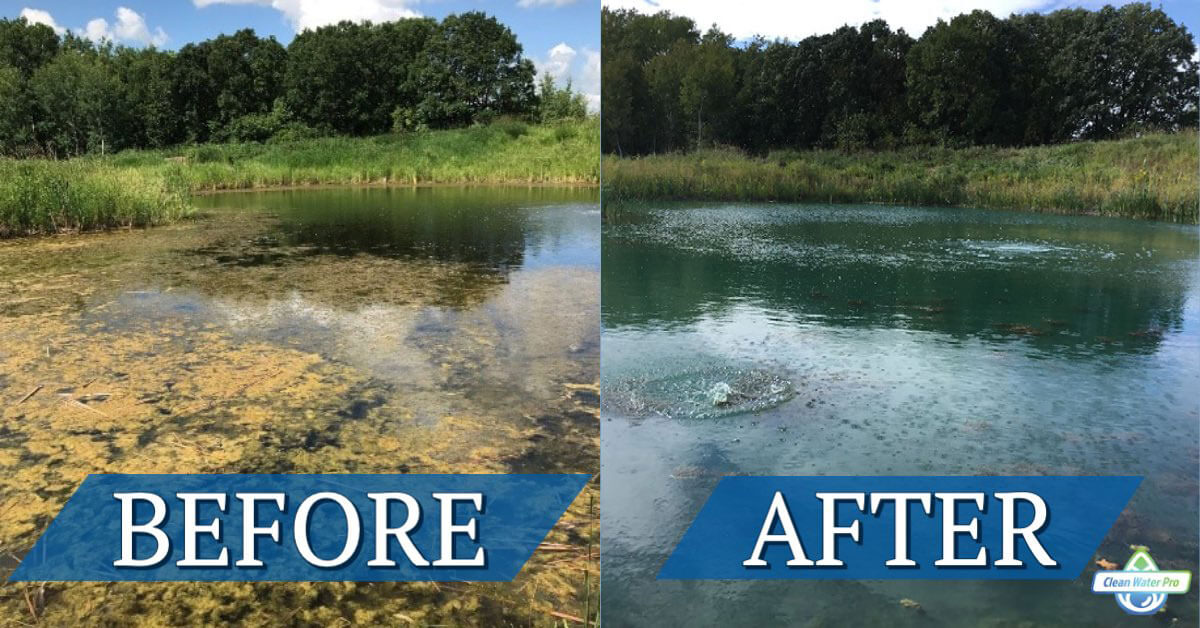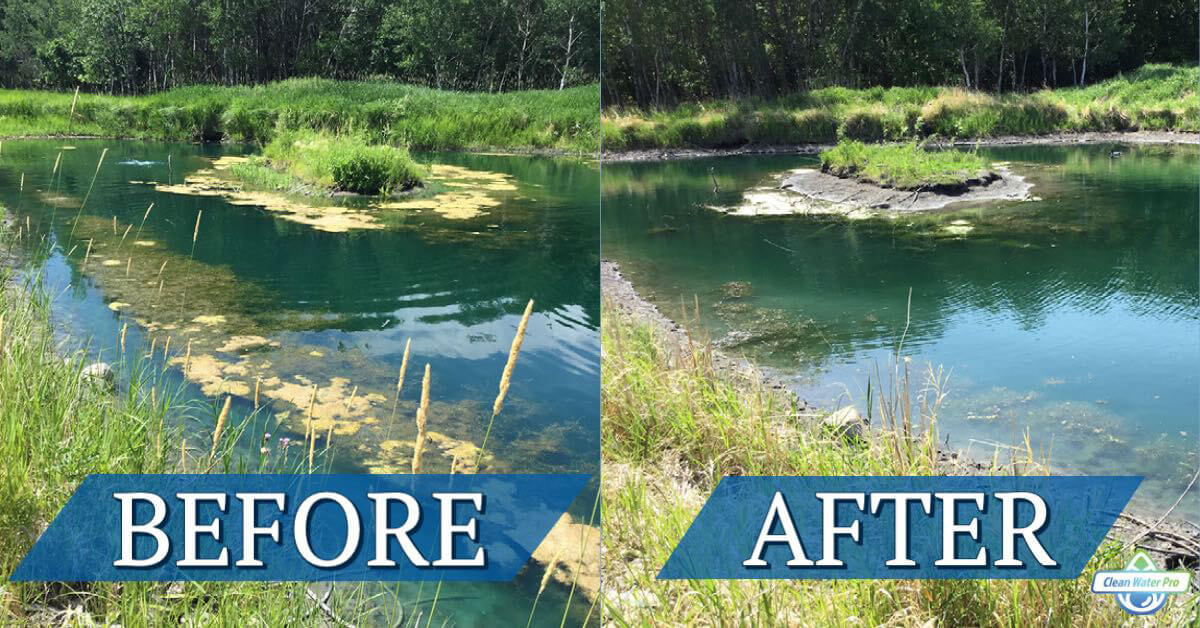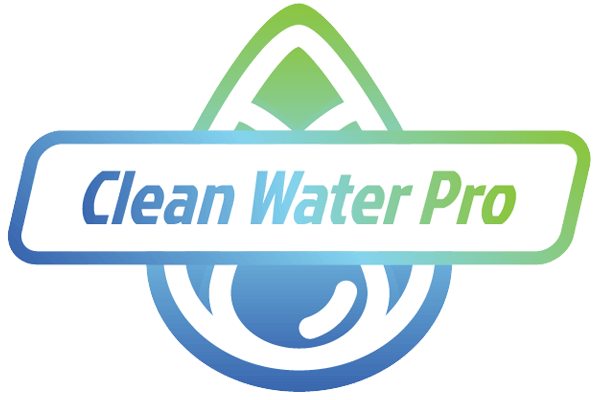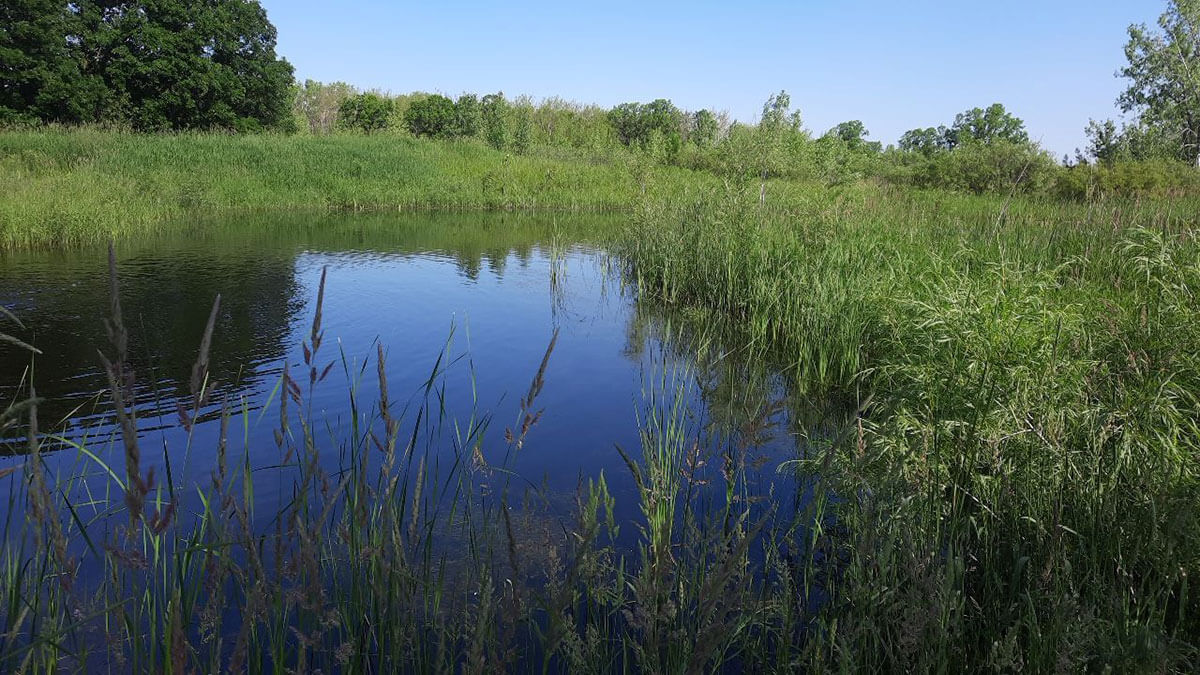This client has a beautiful little ¾-acre pond nestled into a natural area alongside their yard. However, when they first contacted us, the pond had an overwhelming amount of algal blooms.
To intensify the algae issue, geese frequented the pond driving the phosphorus levels up. High phosphorus levels are a key component for algae to flourish. The algae had gotten so massive that it became anoxic and made the surrounding area smell bad, similar to a “rotten egg” smell.
The client’s ideal outcomes were for the pond to become a focal point to enjoy from their home or the beach area. They wanted their pond to have healthy water that is welcoming and visually attractive. After some trial and error, our Clean Water Pro team got in sync with the pond and exceeded their expectations.

The Solution | Fine-Bubble Water Aeration System | Beneficial Bacteria Treatments
The solution for this pond was strategically designing and installing a water aeration system that would effectively increase the dissolved oxygen in the water.
To get the water circulating at optimal efficiency, we recommended that three fine-bubble aeration plates should be installed in strategic locations. We always recommend installing fine-bubble pond aerator as it has been proven to be more effective and energy-efficient than coarse-bubble pond aerators. They’re also quieter and cost less to operate than their counterpart. So, installing fine-bubble water aeration was the first step to effective water remediation and ease for future pond management.
Ponds will reap benefits when water aeration is combined with beneficial bacteria water treatments. That’s why we also created a water treatment plan so that our client would know exactly when they need to apply treatments to their pond. This beneficial bacteria water treatment is composed of ingredients already in the water. They are 100% environmentally friendly and safe for animals, humans, and wildlife.
- The beneficial bacteria treatments helped:
- Promote Water Clarity
- Reduce Muck/Sludge accumulated at the pond’s bottom
- Bind phosphorus to reduce algae growth
Pond Dye to control aquatic weed growth


